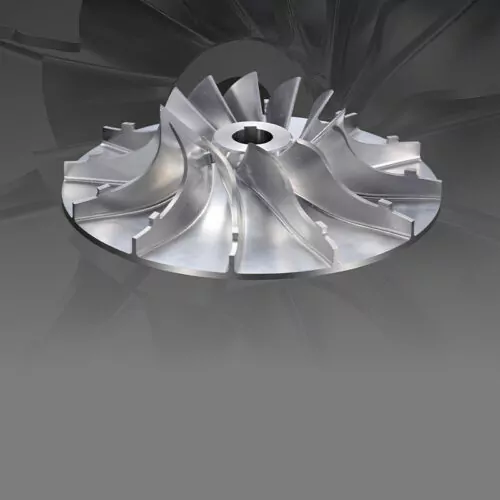The Role of Automation in Wire EDM Manufacturing: Increasing Efficiency and Precision
الجسم
Wire Electrical Discharge Machining (EDM) is a cutting-edge manufacturing process that utilizes electrical sparks to shape and cut conductive materials with exceptional precision. In recent years, the role of automation in wire EDM manufacturing has become increasingly significant, revolutionizing the industry and enhancing efficiency and precision to unprecedented levels.

Enhancing Efficiency through Automation
Automation has transformed the wire EDM manufacturing process by streamlining operations and reducing human intervention. By automating various tasks, such as material handling, tool changes, and electrode positioning, manufacturers can significantly increase productivity and minimize downtime. This allows for uninterrupted production and faster turnaround times, ultimately leading to enhanced efficiency.
For example, automated wire threading systems eliminate the need for manual threading, which can be time-consuming and prone to errors. These systems utilize advanced sensors and algorithms to automatically thread the wire, ensuring a seamless and precise operation. By eliminating the need for manual intervention, manufacturers can maximize their machine utilization and achieve higher production volumes.
Improving Precision with Automation
Precision is a critical aspect of wire EDM manufacturing, as even the slightest deviation can result in defective parts or components. Automation plays a pivotal role in improving precision by eliminating human errors and consistently executing complex machining operations.
One of the key automation technologies in wire EDM manufacturing is the use of advanced CNC (Computer Numerical Control) systems. These systems allow manufacturers to program intricate cutting paths and geometries with exceptional accuracy. By leveraging the power of automation, manufacturers can achieve precise cuts and intricate shapes that were previously unattainable.
Furthermore, automation enables real-time monitoring and feedback during the machining process. Sophisticated sensors and monitoring systems can detect any deviations or anomalies, allowing for immediate adjustments and corrections. This ensures that the final product meets the required specifications and maintains the desired level of precision.
Integration of Robotics in Wire EDM Manufacturing
Robotic automation has revolutionized various industries, and wire EDM manufacturing is no exception. The integration of robotics in wire EDM manufacturing brings numerous benefits, including increased productivity, improved safety, and enhanced flexibility.
Robots can be utilized for tasks such as material loading and unloading, electrode changing, and workpiece manipulation. These robots are equipped with advanced grippers and sensors, allowing them to handle delicate materials and components with precision and care. By automating these tasks, manufacturers can reduce the risk of human errors and injuries, while also optimizing the overall production process.
Moreover, the integration of robotics enables manufacturers to achieve a higher degree of flexibility in their operations. Robots can quickly adapt to different workpieces and machining requirements, allowing for seamless transitions between various production runs. This flexibility not only increases efficiency but also enables manufacturers to respond swiftly to changing market demands.
The Future of Automation in Wire EDM Manufacturing
The role of automation in wire EDM manufacturing is poised to grow even further in the future. Advancements in technologies such as artificial intelligence, machine learning, and Internet of Things (IoT) will continue to revolutionize the industry, enabling manufacturers to achieve unprecedented levels of efficiency and precision.
For instance, the integration of AI and machine learning algorithms can optimize cutting parameters in real-time, based on the material properties and desired outcomes. This adaptive control system ensures optimal performance and minimizes waste, further enhancing efficiency and precision.
Additionally, the IoT can enable seamless connectivity between machines, sensors, and control systems, creating a networked ecosystem that facilitates data-driven decision-making. Manufacturers can remotely monitor and control their wire EDM machines, analyze performance data, and proactively identify potential issues or bottlenecks. This proactive approach minimizes downtime and maximizes productivity.
In conclusion, automation plays a pivotal role in wire EDM manufacturing, increasing efficiency and precision to unprecedented levels. By leveraging automation technologies such as advanced CNC systems and robotics, manufacturers can streamline operations, improve precision, and achieve higher productivity. As the industry continues to embrace advancements in AI, machine learning, and IoT, the future of automation in wire EDM manufacturing looks promising, paving the way for further innovation and optimization.









تعليقات